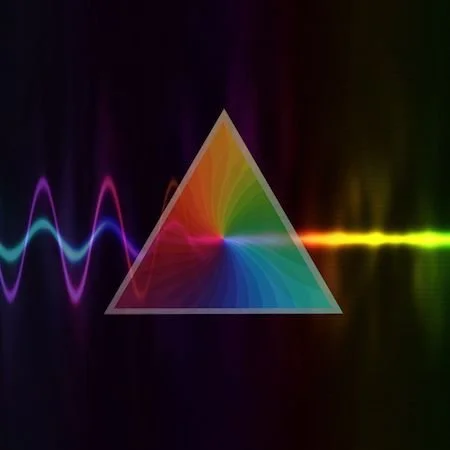This is the third in a series on OPOs from Gamdan Optics… With all the different types of OPOs, the choice of nonlinear crystal depends upon many factors: the desired beam powers, wavelengths, temporal profile (pulsed or CW), and other aspects of the OPO. The characteristics of all three beams (pump, signal, and idler) matter. The nonlinear crystal needs to transmit all the wavelengths. The crystal needs to provide a sufficiently strong nonlinear interaction between the beams—the crystal’s ability to support a strong nonlinear interaction is often characterized by a number, the nonlinear coupling coefficient.
Read MoreOPOs can use a wide range of laser pump beams. The pump lasers can be continuous or pulsed. Pulsed pump lasers might have almost any pulse length, ranging from Q-switched lasers to mode-locked lasers. The OPO will generally produce output with a temporal profile similar to the pump laser. CW pumps drive CW OPOs; pulsed pumps drive pulsed OPOs.
Read MoreAn Optical Parametric Oscillator (OPO) is a light source, and a feature of optical parametric oscillators is wavelength flexibility. OPOs can deliver wavelengths that may be difficult or impossible to achieve with lasers. Not only can an OPO be built to work at a specified wavelength, but also many OPOs can be tuned--the user can scan the wavelength. In a laser, stimulated emission from an energized laser medium amplifies light. The laser medium is usually energized by a separate electrical or optical power source. An OPO is different…
Read More



